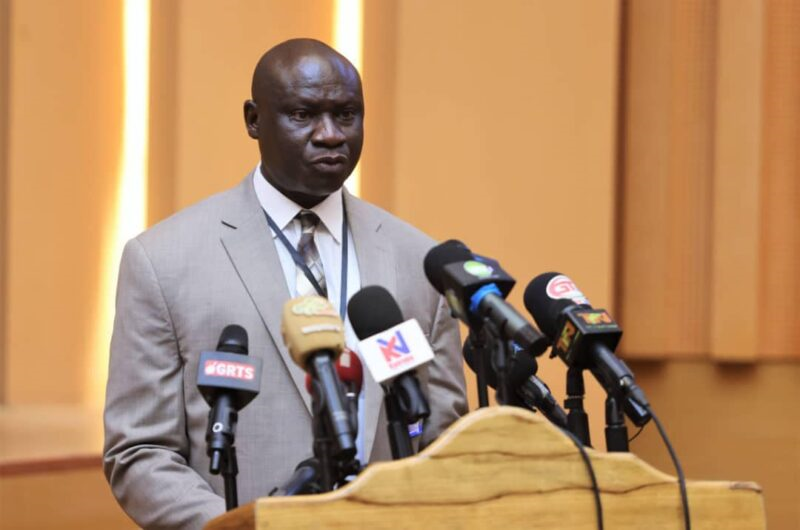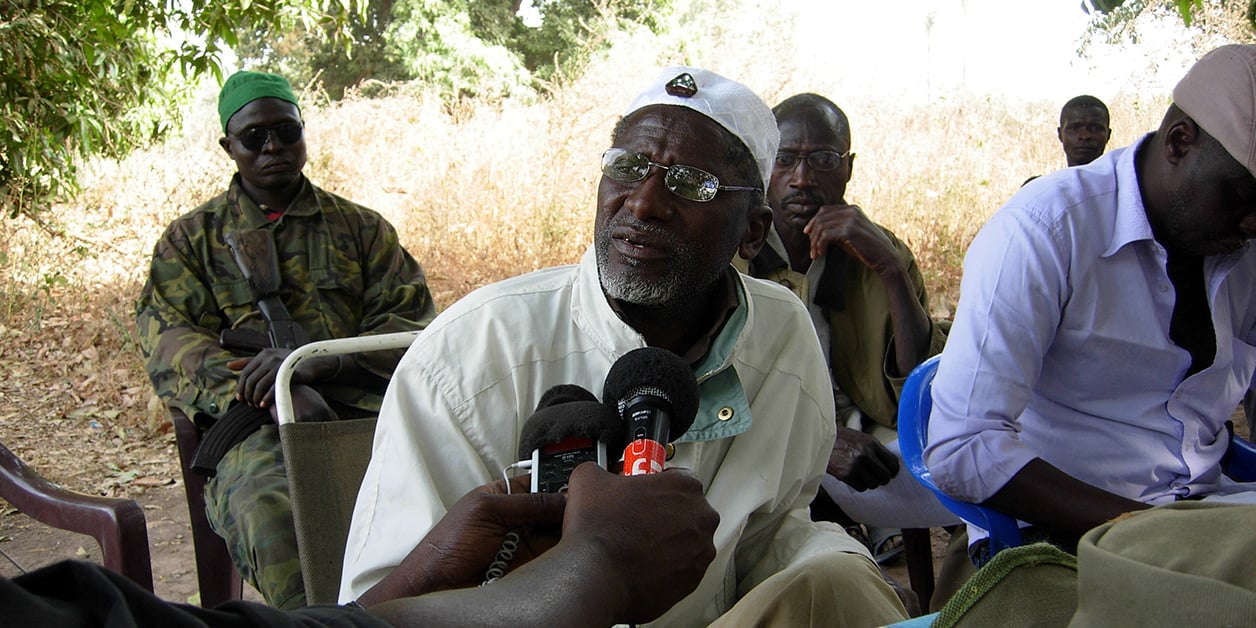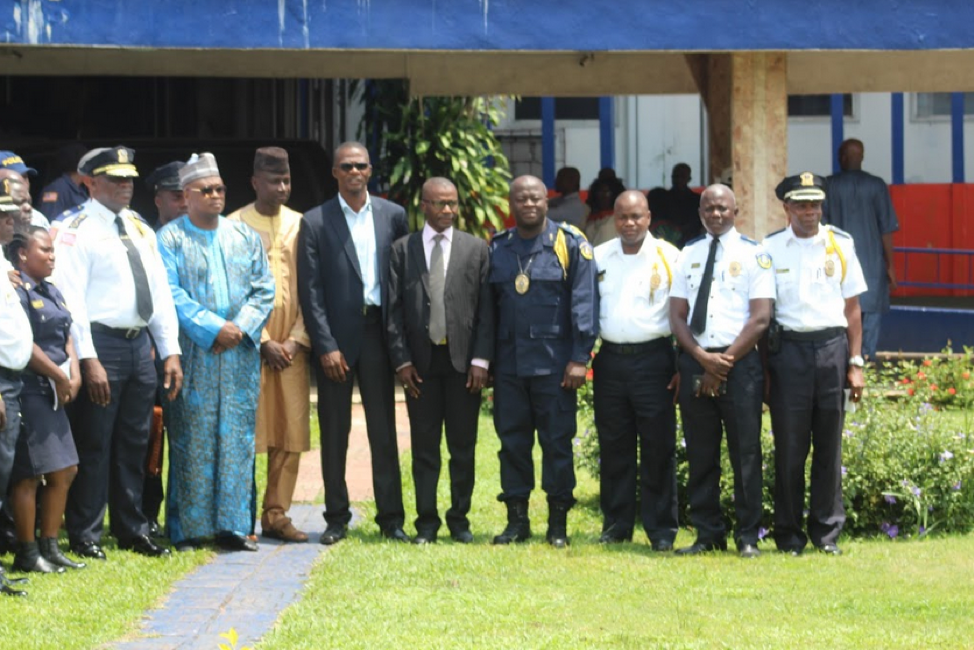By: Nyima Sillah
The Governor of the Central Bank of The Gambia has said the Gambian Dalasi remains relatively stable against major currencies despite the demand-driven fluctuations in the foreign exchange market.
The CBG Governor Buah Saidy made this revelation on Tuesday as the apex bank gathered journalists for its quarterly press briefing.
Governor Saidy told reporters that from January to July this year, the Dalasi appreciated slightly against the US dollar by 0.6 % while it appreciated against the British pound by 1.0%. He, however, pointed out that the Dalasi has depreciated against the Euro by 0.8% and CFA Francs by 6.5%.
“The central bank’s foreign exchange reserves totaling US$406.0 million as at end July 2023 are sufficient to cover over 4 months of prospective imports,” Governor Saidy assured.
He explained that the stable remittance inflows, receipts from the tourism industry and official inflows will continue to support the stability of the Dalasi by providing foreign currency liquidity.
“Foreign exchange market continues to function smoothly. Total turnover stood at US$1.3 billion from January to July 2023, constituting a decrease of 19.4 percent relative to US$1.6 billion registered in the corresponding period of 2022,” Governor Saidyhighlighted. He went on: “Private remittances inflows, which have consistently served as a major source of foreign currency, reached US$388.8 million from January to June 2023, representing an increase of 49.5 percent from the same period a year ago.”
The CBG governor disclosed that provisional data on the budget for the period January to June 2023indicated a slightly wider overall deficit (including grants) of D3.9billion (3.2 percent of GDP) compared to D3.7billion (3.1 percent of GDP) in the comparable period a year ago.
“Total revenue and grants collected during the period amounted to D12.8 billion (10.4 percent of GDP), higher than the amount generated in the same period last year by 20.8 percent. Total expenditure increased by 16.2 percent to stand at D16.7 billion (13.6 percent of GDP) during the period. The primary drivers of government expenditures were salaries, interest payments, other charges (goods and services, subsidies and transfers) and capital expenditures,” he stated.





